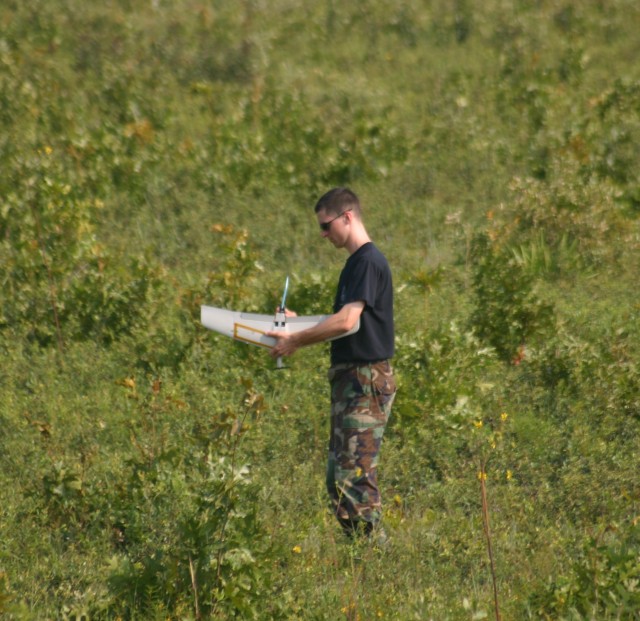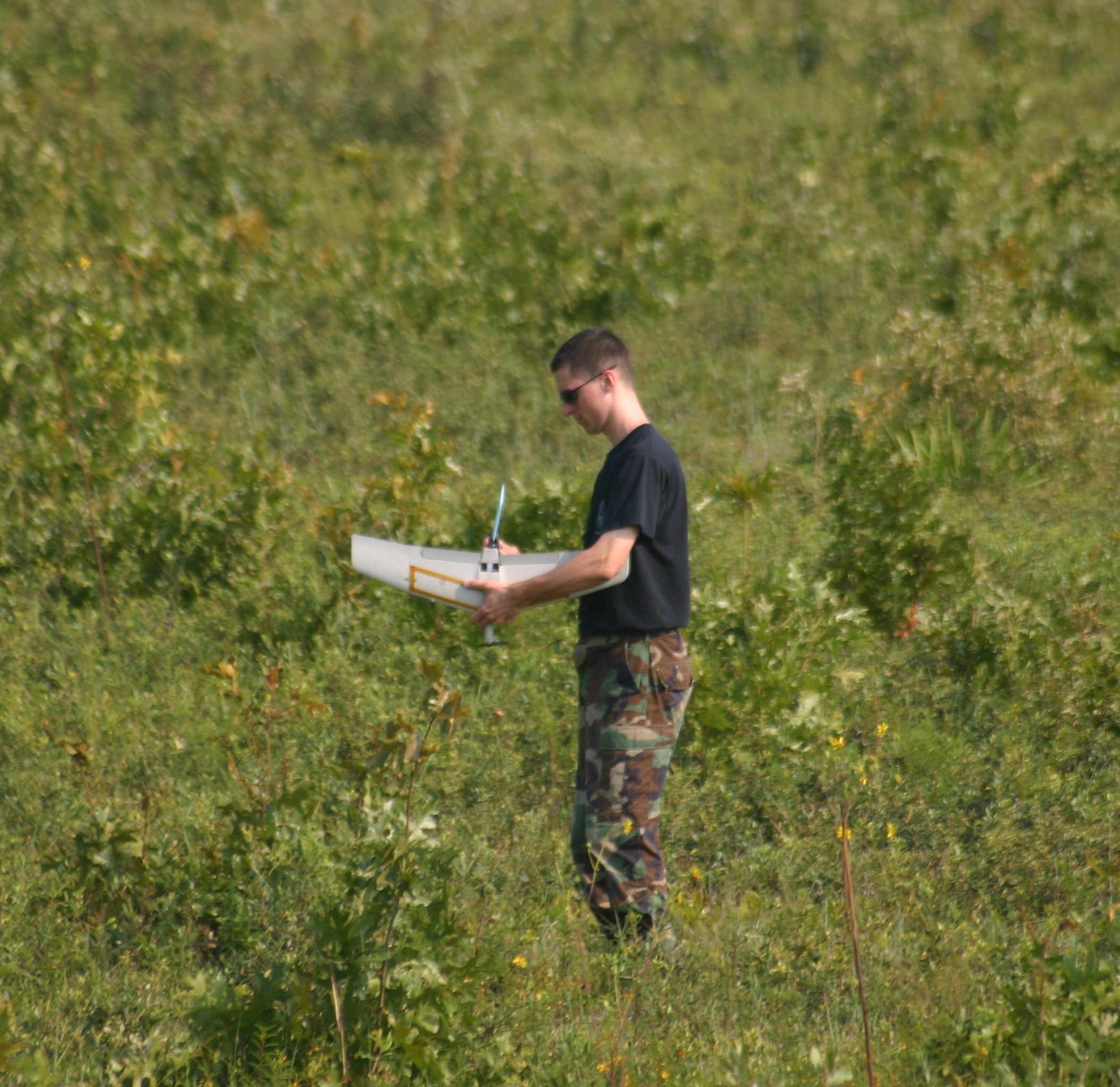(EGLIN AIR FORCE BASE, Fla. - Jul. 24, 2008) - A coalition team providing humanitarian assistance to a war-torn village receives heavy sniper fire from a nearby building where friendly forces were patrolling earlier.
Concerned about returning fire in a populated area, the team contacts the Air Force joint terminal attack controller to provide close air support.
The JTAC locates the threat and passes the location information to an Air Force F-16 overhead. The pilot receives the threat information, initiates a friendly force location request from a Combat Identification Server on the ground, confirms no friendly forces in the targeted area, and neutralizes the threat.
This demonstration of Coalition Combat Identification technologies called "Bold Quest Plus," is a two-week Advanced Concept Technology Demonstration ending July 25 at Eglin Air Force Base, Fla. It's focus was on improving air-to-ground combat ID capabilities for Army brigade combat teams, other maneuver forces, and Coalition partners by showcasing innovative technologies.
Sponsored by U.S. Joint Forces Command, Bold Quest Plus uses previous work conducted during the Bold Quest exercise at Nellis Air Force Base, Nevada, and the National Training Center at Fort Irwin, Calif., in September 2007. USJFCOM's Joint Fires Integration and Interoperability Team and the 46th Test Wing helped host this month's exercise.
John Miller, USJFCOM's operational manager for Bold Quest Plus, said "the purpose of this demonstration is to help provide warfighters with CID technologies that will maximize their combat effectiveness on today's asymmetric battlefield. We're trying to give our coalition team the tools that will allow them to sort through the dust and fog of war to be faster and more accurate in a gunfight."
This demonstration's focus was on system testing and refinement of tactics, techniques, and procedures, known as TTPs, through a variety of air-to-ground Combat ID technologies that he said were designed to improve U.S. and Coalition capabilities and combat effectiveness.
"The CID Server is a perfect example of how we could potentially improve our CID capabilities and combat effectiveness for our coalition team," said Bob Summitt, senior analyst, JFIIT. "The CID Server provides the pilot with an on-demand request capability for friendly force location information. The pilot can initiate a request for friendly location information from the CID Server located on the ground and receive real-time situational awareness data in the cockpit where he can quickly verify friendly locations in the area of interest to enable a more efficient response to the ground commander's request for close air support."
More than 600 personnel participated in this demonstration, including military units from the United States, Canada, and the United Kingdom.
"The USJFCOM Bold Quest Plus and Eglin Air Force Base team assembled here to conduct this exercise has provided an ideal opportunity for our U.S. and coalition partners to continue their assessment of advanced CID technologies," said Jim MacDonald, test engineer, 46th Test Squadron. "These technologies could significantly improve our ability to identify friendly objects on the battlefield and help enable quicker shoot - don't shoot decisions that are critical in today's warfight."
"We're focused on the tools required by aircrew and ground controllers who coordinate the attack or drop bombs on targets," added Miller. "Ensuring that these technologies are built coalition interoperable will enable them to do that more quickly and effectively...and will ultimately result in saving lives."
(Casey Bain serves as public affairs officer for the Joint Fires Integration and Interoperability Team, United States Joint Forces Command, at Eglin Air Force Base, Fla.)


Social Sharing